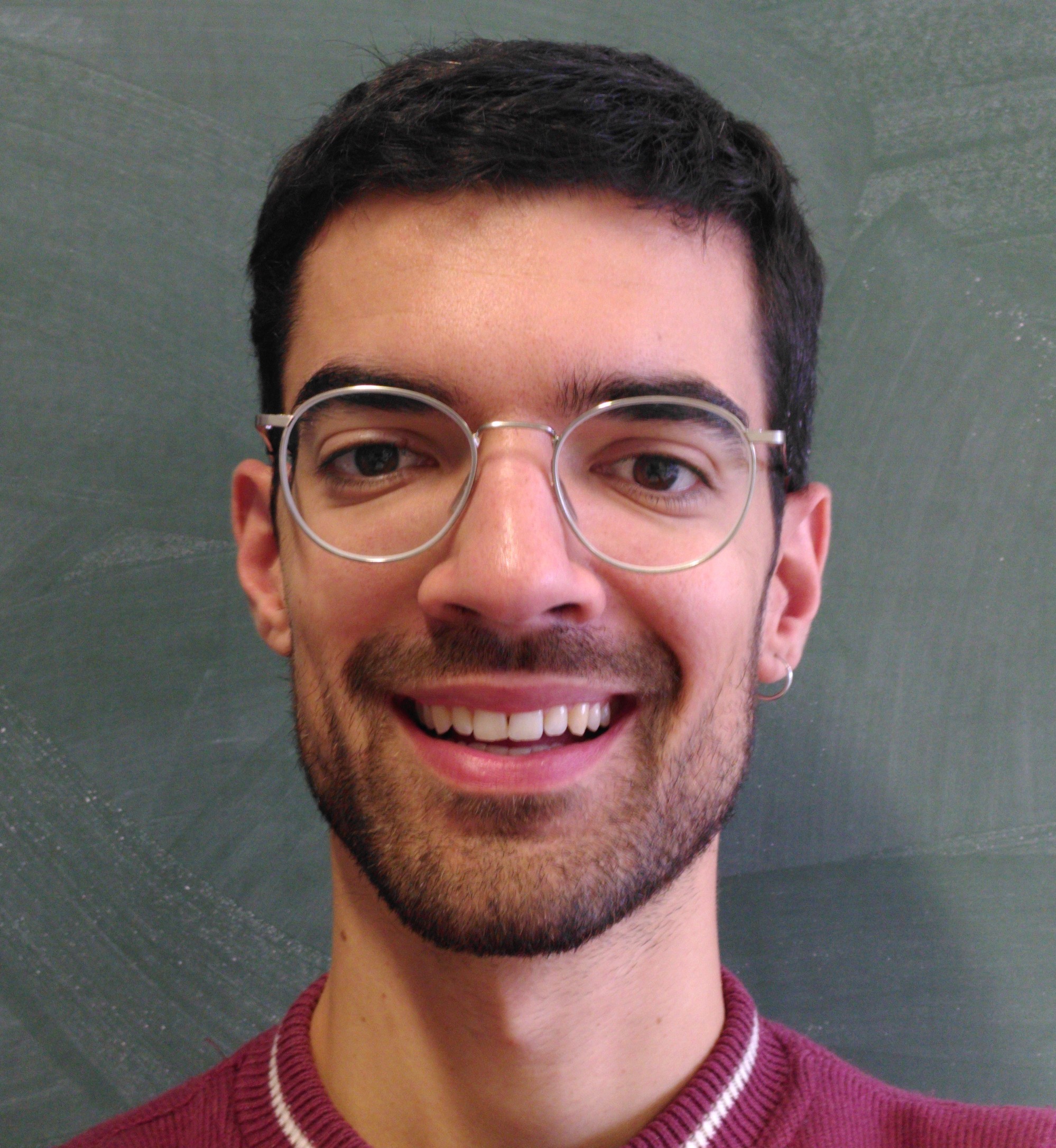A total of 87 dissertations were assessed. The jury was impressed by the high quality of the dissertations, the number of publications resulting from the PhD candidates’ research, and the independence demonstrated by many of the PhD candidates. The jury consisted of Erik van den Ban (UU), Odo Diekmann (UU), Aernout van Enter (RUG), Frans Oort (UU), Marc Uetz (UT), Aad van der Vaart (TUD) and Kees Vuik (TUD, chair), with assistance from Marieke Kranenburg (UvA, secretary).
After the first round of discussion, 4 dissertations remained, all of them of impressive quality, great originality and well written. After a second round of discussion, two dissertations remained. Both are of exceptional quality. After an intensive discussion, the jury concluded that there were no distinguishing elements on which a winner could be decided, particularly because the research fields of the two candidates are so different. Therefore, the jury nominates two winners:
- Leonardo Garcia-Heveling from Radboud University for his thesis entitled “Causality and Time in Non-smooth Lorentzian Geometry”.
- Pim Spelier from Leiden University for his thesis “Counting curves and their rational points”.
Leonardo’s thesis is exceptionally broad in its scope, ranging from the analysis of concrete models of general relativity to questions of quantum gravity, and from low regularity space-time geometry to full fledged synthetic Lorentzian geometry. This topical broadness is matched by the variety of techniques he has used including Lorentzian geometry, causality theory, cobordism, and the newly emerging field of synthetic Lorentzian geometry.

Throughout, the exposition is excellent, with the main ideas always laid out very clearly at the beginning of the chapters and a lucid and readable exposition even of the technically more involved aspects. The choice of topics and the highly original approaches Leonardo takes, combined with the expert use of mathematically sophisticated techniques show his impressive mastery of the subject matter. . His research have had a large influence on the highly active field of low regularity general relativity and a number of researchers are following up on the ideas laid out in his thesis.
Leonardo completed his PhD under the supervision of dr. Annegret Burtscher and Prof. Klaas Landsman at the Radboud University Nijmegen.

The thesis of Pim is marked by unusual breadth, depth, and originality. The contributions around moduli spaces address both foundational questions and questions of applications and computations. Similarly, the contributions around rational points both build new tools to determine the set of rational points and to provide explicit computations.
In his work two different topics related to algebraic curves are considered. The first topic is counting curves and intersection theory on moduli spaces of curves. The thesis takes a logarithmic geometry approach, focussing on log moduli spaces and their intersection theoretical properties. The second topic is on finding all rational points on a given curve, using a general principle called Chabauty’s method, in various disguises. The research of his thesis resulted in no less than six research papers, from which three already published at the time of writing.
The chapter “Polynomiality of the double ramification cycle” provides a natural, and explicitly computable proof of the polynomiality property. What makes the proof natural is that it relies inductively on the structure of the moduli spaces in question. In particular one proves polynomiality for all building blocks and all substructures of the underlying structures (the moduli spaces associated to specific graphs). Thus the proof of this particular result follows by putting it in a sufficiently general framework, where the general result follows because the general structure is so very rich.
Finding rational points on algebraic curves is the source of some of the challenges in number theory and in algebraic geometry, and Pim’s contributions are remarkable. A comparison between previously known versions of Chabauty’s method came as a surprise to specialists. The improvement on Chabauty-Coleman and of quadratic Chabauty will find numerous computational applications
Pim completed his PhD under the supervision of Prof. David Holmes, Prof. Ronald van Luijk, and Prof. Bas Edixhoven at Leiden University.



